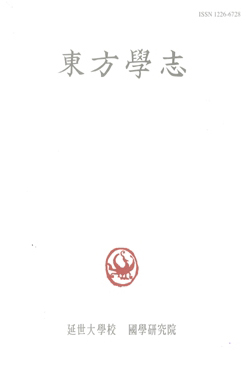북한의 화전민 정책과 농업협동화 - 이주에서 정주(定住)로
North Korea’s fire-field peasants policy and agricultural cooperativization
- 연세대학교 국학연구원
- 동방학지
- 제210집
-
2025.0367 - 97 (31 pages)
-
DOI : 10.17788/dbhc.2025..210.003
- 30

이 연구는 사회적 약자의 하나인 화전민이 해방후 북한 지역에서 어떤 과정을 거쳐 근로인민으로 재편되어가는지를 살펴본 것이다. 북한에서 1946~1953년간에 화전민은 산림보호를 위해 이주시켜야 할 대상으로 간주되었다. 그들은 평지대로 이주하여 황무지 개간사업에 참여하거나, 탄광, 공장 등으로 전출하여 노동자가 되는 등, 인민민주주의 체제 건설을 위한 노동력으로 동원되었다. 북한의 인민위원회는 화전민들을 이주시키면서 숙소, 직장, 곡식 등을 제공하며 정착을 유도했지만, 낯선 장소에서 강도 높은 노동을 하는 근로인민화의 정책은 화전민들에게 크게 호응을 받지는 못했다. 전후 복구와 사회주의 체제 건설이 본격화되는 1954년도부터 북한 정부는 량강도를 신설하고 산간지대를 산림-목재 공급지로서만 아니라 농목축 복합 생산지로 적극 개발하였다. 이 시기부터 비로소 화전민은 이주의 대상이 아니라 산간지대 개발의 주역으로 호명되어 화전마을의 농업협동화가 본격화되었다. 화전민들은 그런 변화에 소극적으로 대응하면서 체제의 일원인 근로인민으로 재편되어갔다.
This study explores how fire-field peasants changed to socialist working people in North Korea. From 1946 to 1953, fire-field peasants in North Korea were regarded as objects to be relocated for forest protection. They were mobilized as labor to build people's economy, such as moving to flat land and participating in wasteland cultivation projects, or moving to coal mines, factories to become workers. People's Committees induced settlement by providing accommodation, workplaces, and grains while relocating how fire-field peasants, but they were passive. Since 1954, when the post-war restoration and construction of the socialist system began in earnest, the North Korean government has established Ryanggang Province and actively developed mountainous areas as a complex production site for agricultural and livestock as well as a forest-wood supply site. From this period onwards, fire-field peasants were finally called a leading force in the development of remote mountainous areas rather than an object of migration. Thus, fire-field peasants became socialist cooperative members in mountainous areas where they lived.
1. 서론
2. 일제하·해방 후 화전민 실태와 산림 황폐화 문제
3. 해방후~전쟁시기(1945~1953) 북한의 화전민 이주 정책
4. 1954년의 전환 - 산간지대 개발과 화전민의 농업협동화
5. 결론
(0)
(0)